The method of marketing has changed over the years, from its initial traditional touchpoint to more data-oriented marketing in todays millisecond fast digital world. Analytics-fueled data-driven marketing makes for more personalized, more efficient and better campaigns. Marketers use data analytics to track consumer behaviors, preferences, and engagement on multiple platforms enabling them in turn to make well-informed decisions; optimize their strategies and eventually achieve more successful conclusions.
This article will elaborate on what data-driven marketing means and explain how analytical skills can contribute to bettering your marketing campaign with real insights.
Data-Driven Marketing Explained
But, data-driven marketing is the reason marketers began to rely on the insights provided through data analytics for making big decisions. It is based on the processing and interpretation of information from different sources (customer interactions, social media activity, website behavior, sales metrics) in order to adapt promotional activities to the preferences of the target groups. The idea behind is to help an individual take a wise decision than just thinking about the intuition in there head or guessing what could be the answer.
Also Read
Data Driven Marketing helps businesses to:
- Real time insights of customer behavior
- Engagement is key, so tailor your content to be more personal
- Avoid wasting resources
- Uses precise campaign measurement
The Importance of Data-Driven Marketing
Consumers today are more connected than ever, and their digital footprint can be a window into what they need and want as well as the behaviors that drive these needs and wants. Their reliance on mass advertising and broad demographic data makes it difficult for traditional marketing methods to compete with the specificity that is possible using data-driven marketing techniques.
Data analytics to optimize operations – Marketers can utilize data analytics for:
Minimize Waste: Data enables marketers to more carefully and accurately target an audience reducing unnecessary spend on irrelevant channels or demographics.
Better Customer Engagement: By using the data to see what their customers preferences are, marketers can produce content and offers their audience can relate to, which increases engagement.
Improved ROI: Serving better, data-driven campaigns equals more conversions and a bigger bang for the buck.
Maintain Resilience to Changing Trends: Being data-driven is essential for businesses that have the ability to adapt their marketing strategies quickly, and cope with fast changing trends across consumer behavior.
Metrics Key to Successful Data-Driven Marketing — Playing the Numbers Game — Medium
Getting the most from data-driven marketing requires understanding what types of analytics are available to enable better outcomes. The 3 Crucial Analytics All Marketers Need (And How to Use Them)
Analytics for Customer Segmentation
It is where customer segmentation lets the marketers to segregate their audience on bases of certain characteristic such as Demographics, Behaviors or Purchasing pattern. Using some of this customer data, businesses can tailor campaigns to different segments of their audience to reach them in a more personalized way.
A fashion retailer might, for instance, learn that young professional like clean looking garments and invest heavily on pieces with minimalist design whereas it should place less emphasis to those people who prefer something bolder. This means that rather than promoting the same product to everyone – with one generic advert — the retailer can run targeted promotions for every segment.
Predictive Analytics
Definition: Predictive analytics is the prediction of future outcomes by analyzing historical data, often based on machine learning techniques and algorithms. Predictive analytics help to predict customer behaviour for example which a product is likely to be purchased by the customer next or if the same existing customers are going for repeat purchase.
Knowing this will enable marketers to shape their messaging and offers to the customer standards, feeding directly into increased conversions and repeat business from a loyal customer.
CRO — Conversion Rate Optimization Analytics
Conversion rate optimization (CRO) analytics measure how a website or landing page is performing at converting visitors into leads and customers. Evaluating things like click-through rates, bounce rates and time on page allows marketers to gauge where there is room for improvement.
Such as, for example, if the e-commerce site has tons of users that are dropping off from completing the checkout process — so maybe a higher percentage of cart abandonment rate; looking at your analytics and then segmenting, you can test different features or layout or offer on pages to decrease cart abandonment and improve conversions.
Attribution Analytics
Marketers use attribution analytics to figure out what are the channels or touchpoints that drive conversions. For instance, a customer might see your social media ads, receive an email from you, and then visit your website before making the decision to purchase. Attribution models assign a value to all of these interactions, to help understand what channels are working best for driving the sale.
Understanding which of your channels lead to conversions can enable you to be more efficient with your budget and dedicate resources to the options that drive results.
Social Media Analytics
The social media data analytics play a vital role in helping to analyze brand perception, audience engagement and content performance due to the emergence of social media platforms. Marketers use social media analytics to track likes, shares, comments and follower growth — metrics that help give us a sense for what kinds of content are landing with our audience.
If data reveals that video content gets more engagement than static images, marketers can tweak their approach to favor video posts.
Ways to Adopt Data-Driven Marketing in your Strategy
Using data in marketing strategies is much more than just gathering information. Transforming that data into insights would naturally need strategic operation The best part is you can do this:
Collect Relevant Data
Before dividing data-driven marketing into benefits, it is fundamental to obtain the necessary data from a variety of sources. This can include:
- Analytics from the Website ( Google Analytics)
- Social media insights
- As another example, Payment Schedule Pro can automate even CRM tool data.
- Email marketing platforms
- Sales data
Make sure the data you acquire is what you need to achieve your marketing goals. Don’t get lured into gathering masses of data or you will create the problem of analysis paralysis.
Set Clear Goals and KPIs
How To Set Marketing Objectives and KPIs Before Data Analysis These KPIs could be the conversion rates, click-through rates, cost per lead, or customer lifetime value.
Clarity on your goals will determine data-driven marketing is mapped directly according to the businessаниеакмос) eore.
Find meaningfulness in the mess of data (data analysis)
After the data is collected, one must analyze it to discover patterns, trends and to extract insights. That’s where the best practice SEO tools, such as Google Analytics; SEMrush or HubSpot analytics, come in.
For example, discover trends like the channels that bring in higher volumes of traffic; customer segments with higher conversion rates; and types of content formats that create more engagement.
Personalization is the lifeblood of data-driven marketing. Leverage these data insights to deliver smarter, more granular communication aligned with the desires and tastes of your audience. Personalization is possible for email marketing and ad copy as well as social media posts and website content.
Monitor & Tune Regularly
It is never ending process with data driven marketing. Keep tracking your campaign performance after it is live and make the adjustments needed based on analytics. This could mean adjusting ad targeting, altering your approach to content or moving budgets away from underperforming channels.
Data is king in the world of marketing. The power to analyze in data-driven marketing helps businesses to refine their campaigns, take better decisions which are not random and faster results. With a firm foundation of customer segmentation, predictive analytics and conversion rate optimization, marketers can then use data to modernize their techniques so that they serve the needs of their audience better than before — increasing ROI and outsmarting the competition in the process.
Data-driven marketing not only improves business in its current market but also helps future proof a brand in a data-first world of digital.

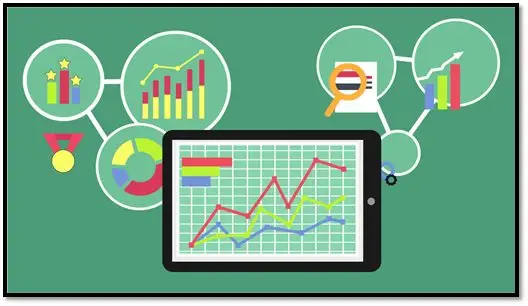




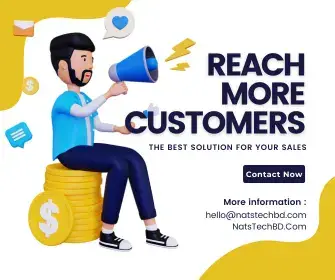
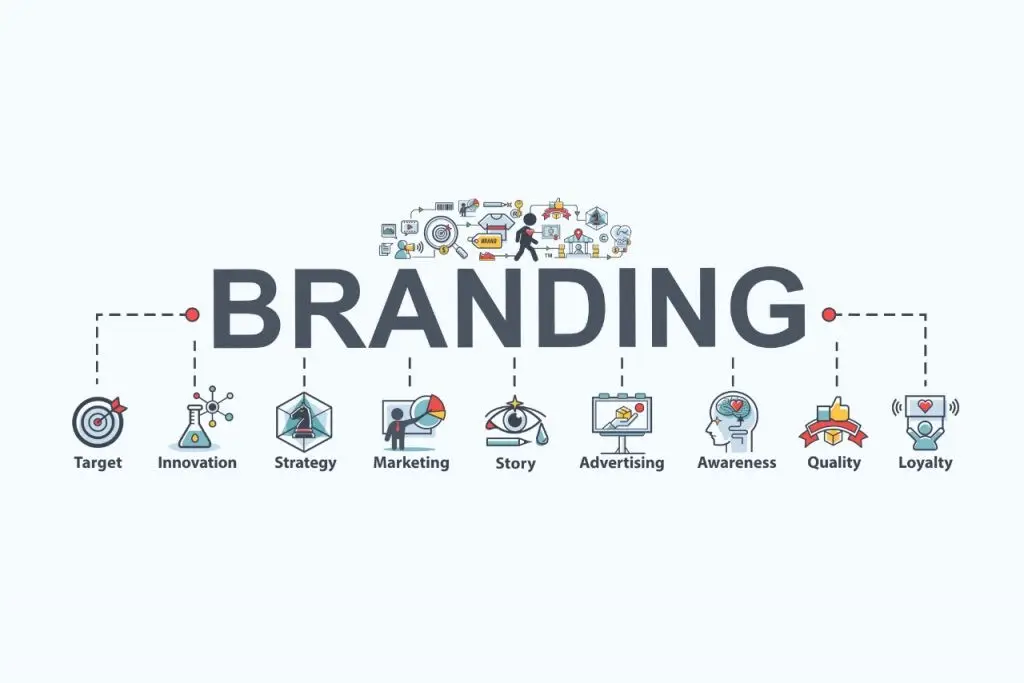
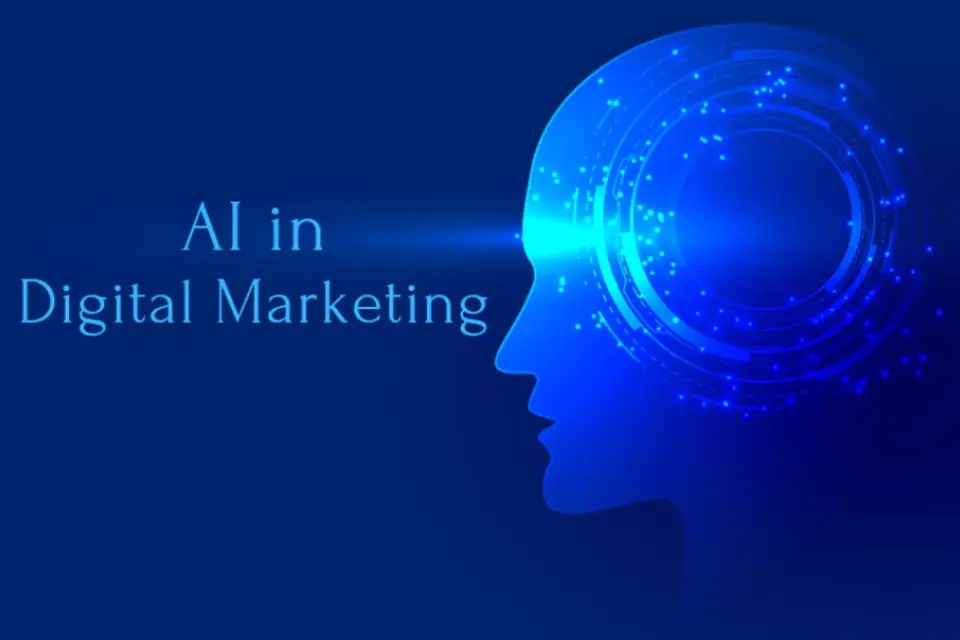

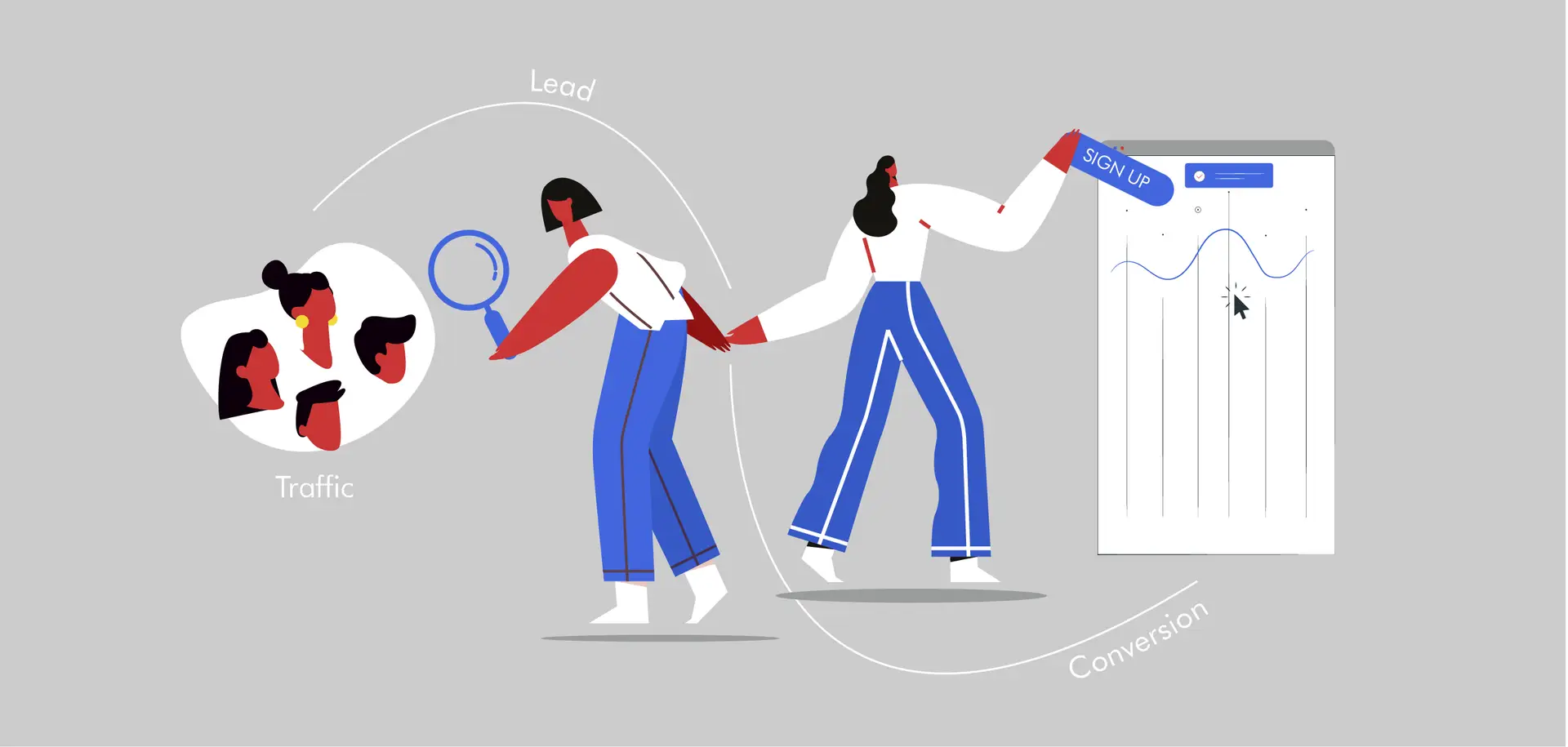



Leave a Reply